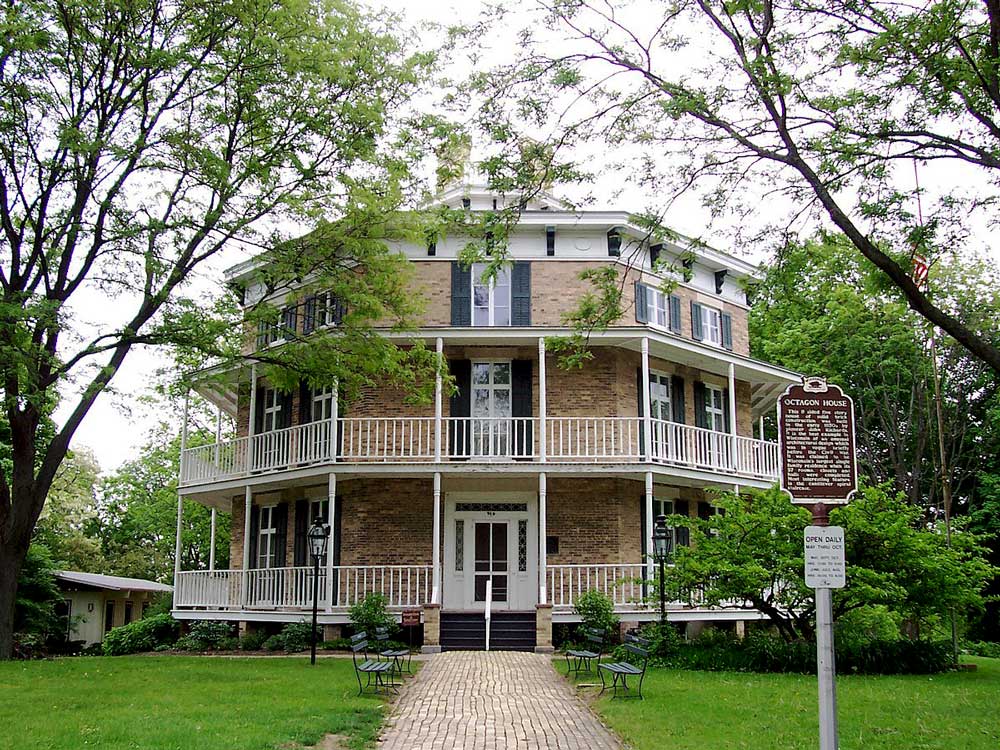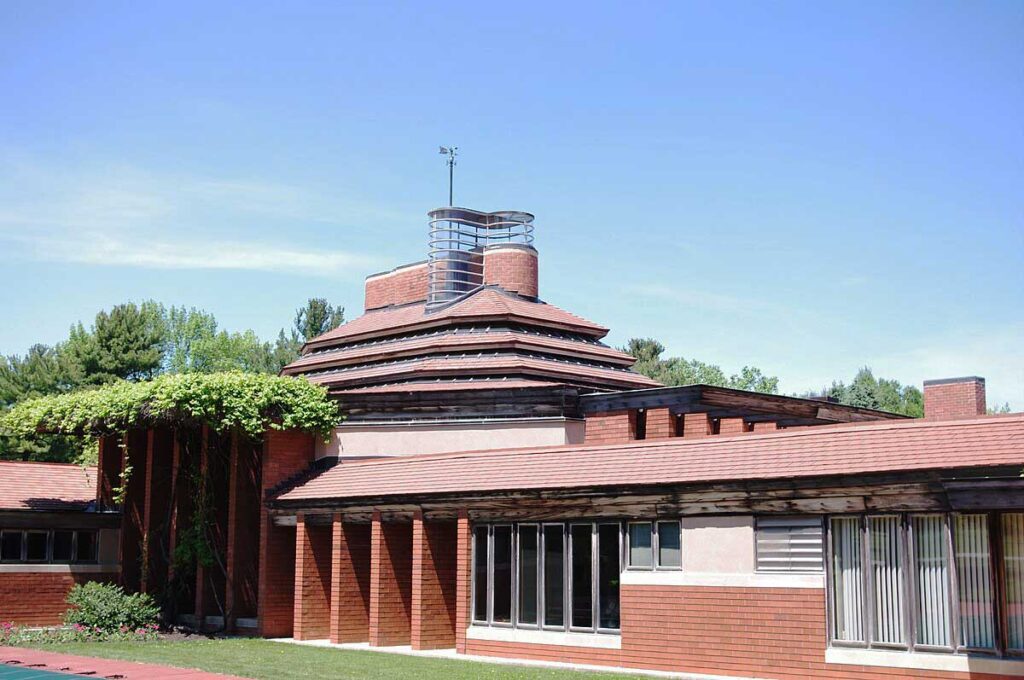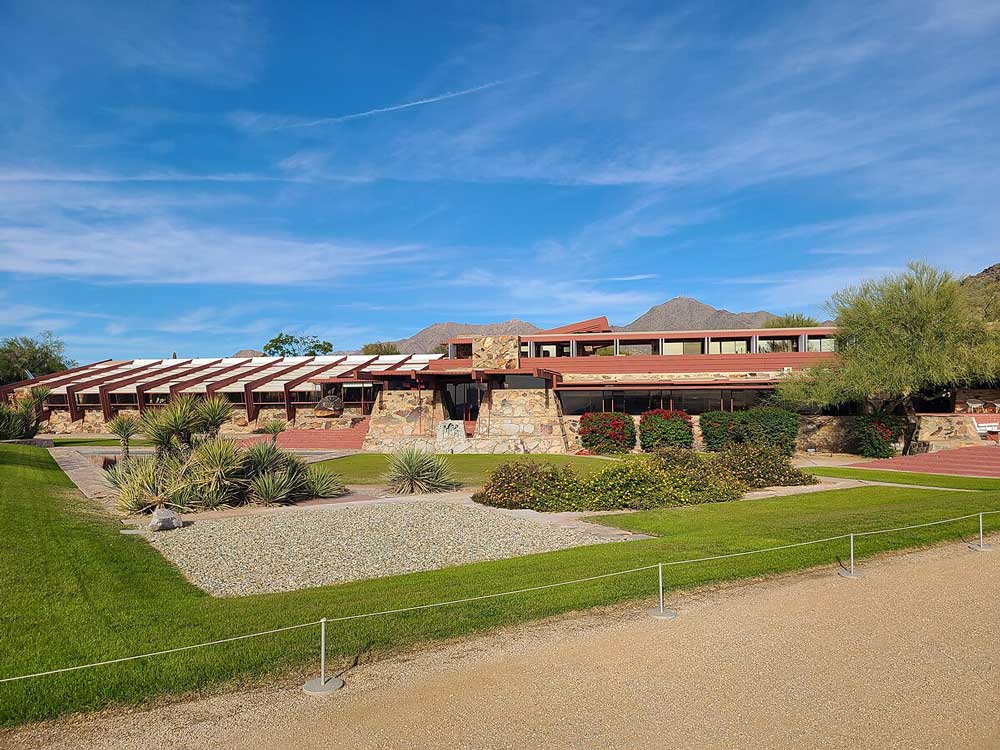Discover Wisconsin’s Architectural Wonders
As October unfolds, we invite you to celebrate ARCHtober with us at BPI Color, a month dedicated to appreciating the art of architecture. Wisconsin is home to a rich tapestry of architectural wonders, each with its own story and significance. Join us as we explore three remarkable sites that showcase the state’s architectural heritage.
The Octagon House
Watertown, WI

First on our list is the Octagon House in Watertown, built in 1854 by John Richards. This extraordinary five-story, eight-sided mansion stands as a testament to innovative architectural thinking, inspired by Orson Fowler’s ideas.
With features like central heating and running water—cutting-edge for its time—the Octagon House offers visitors a glimpse into the past. Its stunning cantilevered staircase ascends to the top floor, providing panoramic views of the surrounding area. The house remained in the Richards family until 1938, when it was generously donated to the Watertown Historical Society.
But the story doesn’t end there. The grounds also feature America’s first kindergarten, established by Margarethe Meyer Schurz, making it a site of educational significance. Visitors can explore the Octagon House through guided and self-guided tours, immersing themselves in the history and innovation that define this unique structure.
Wingspread
Racine, WI
Finally, we highlight Wingspread in Racine, one of Frank Lloyd Wright’s most iconic Prairie-style homes. Completed in 1939 for industrialist Herbert Fisk Johnson Jr., this 14,000-square-foot estate embodies Wright’s vision of organic architecture, seamlessly blending the structure with the surrounding landscape.
Wingspread is characterized by dramatic open spaces, natural materials, and signature elements like cantilevered roofs and clerestory windows. The home’s design not only reflects Wright’s architectural genius but also enhances the beauty of its environment.
Today, Wingspread operates as a conference center for the Johnson Foundation, offering tours that invite visitors to explore its architectural significance and the philosophy behind its creation.

Taliesin
Spring Green, WI

Next, we travel to Taliesin, located near Spring Green, Wisconsin, which served as the home, studio, and school of the legendary architect Frank Lloyd Wright. Built in 1911, Taliesin was Wright’s architectural laboratory, where he developed and refined his principles of organic architecture.
This site is not just a single building; it has evolved over the years, undergoing expansions and rebuilds after fires in 1914 and 1925. Taliesin stands as a living testament to Wright’s ever-evolving design philosophy. The site includes the Taliesin residence, the Hillside Studio and Theater, and Unity Chapel, all reflecting his innovative architectural style and deep connection to the natural landscape.
Visitors to Taliesin can explore the grounds through guided tours that delve into Wright’s creative process and the architectural significance of each structure.





